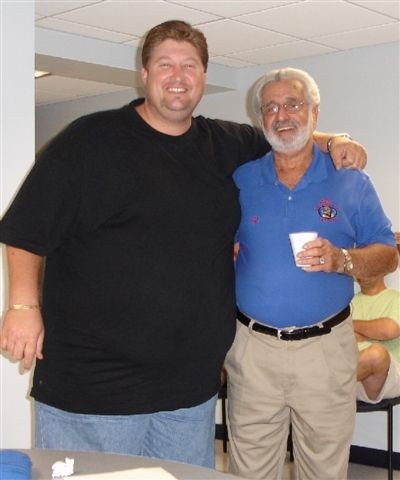W
wsm
Guest
When I took the class (spring 05) they seemed to concentrate on the rules - what is / is not allowed. Boxes were DQed for numerous reasons - but in the short time that I have been judging I have never seen a box DQed.
I had hoped for instruction in how to judge taste, texture and appearance but those are a biotch to teach and it is easy to teach that you must have 6 visible pieces.
What were the BASICS that the Florida class stessed?
I am looking forward to attending a CBJ class from Ed Roith in Jan 06.
I had hoped for instruction in how to judge taste, texture and appearance but those are a biotch to teach and it is easy to teach that you must have 6 visible pieces.
What were the BASICS that the Florida class stessed?
I am looking forward to attending a CBJ class from Ed Roith in Jan 06.



